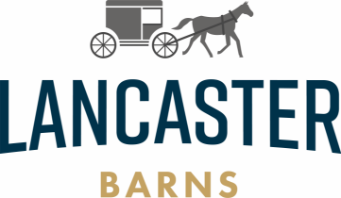Questions to Ask Before Designing:
Knowing what you need helps us outfit your barn with the appropriate stalls, aisles, flooring, and design options. Here are some questions to ask yourself:
- Can you build a barn on your property? If so, where? Are there zoning regulations or restrictions?
- How many horses are you sheltering? How many stalls will you need?
- Will your horse spend most of its time in the barn or be pastured?
- Are you planning to acquire more horses in the future?
- What utilities will you include inside the barn? Tack, washroom, etc?
Horse Barn Styles:
At Lancaster Barns, we offer various structures to suit your property and animal’s needs. For each, we offer prefabricated and custom designs.
Shed Row Barns are ideal for properties with limited space. Stalls are lined up in single rows and have vertical siding stall windows with screens. We also offer oak kickboards and Dutch doors with horseshoe hardware and chew guards. With this barn, you can choose the number of stalls and customize it with features like a tack or feed room. We also recommend including an overhang for added weather protection. Design options include Custom, Single Story, and Victorian Style.
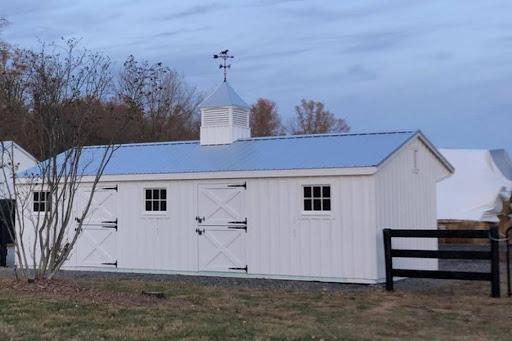
Horse Run-In Sheds are open and have three sides—allowing animals to seek shelter when needed. Run-In Sheds can be outfitted with overhangs for additional protection. These sheds are available in single and two-tone colors with siding options like standard T1-11, board & batten, heritage lap, and metal. Add on a fully assembled Horse/Hay Bale Feeder to enhance your Run-In Shed. These are not attached to the structure but act as an open-air feeding spot, perfect for beside or nearby the shed.
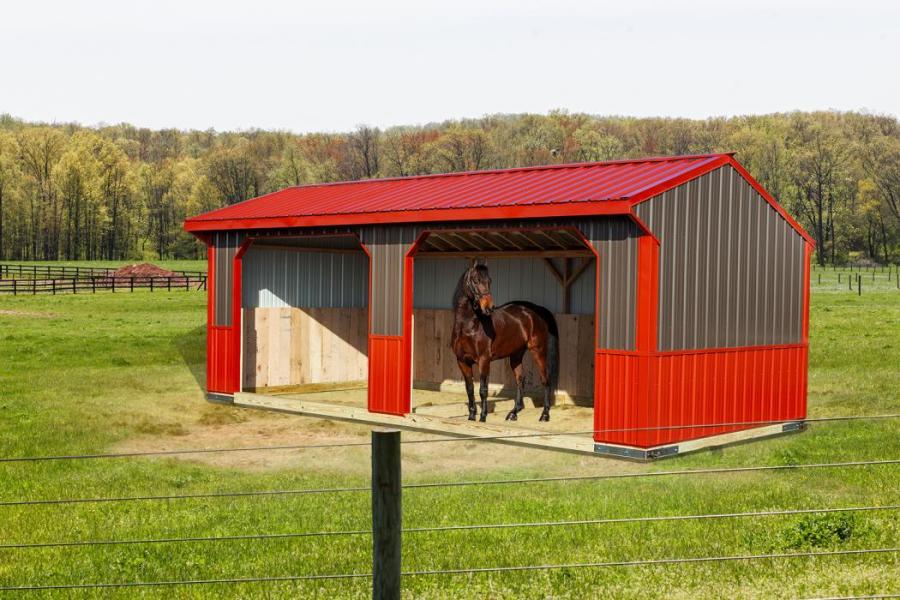
Monitor Barns are larger than the Shed Row and Run-In structures. This barn offers the ultimate space for housing your horses and their equipment. It includes a tack/feed/washrooms, overhangs, stall door designs, and customizable aisles/stalls. This design comes with a full second floor with a hay access door. We offer this style in board & batten siding, metal, and T1-11.
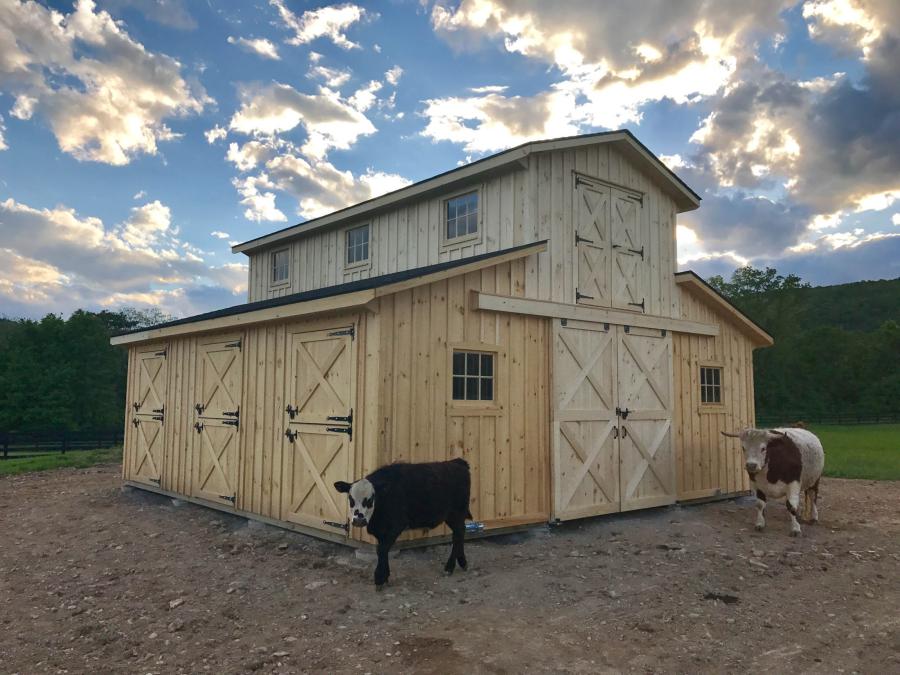
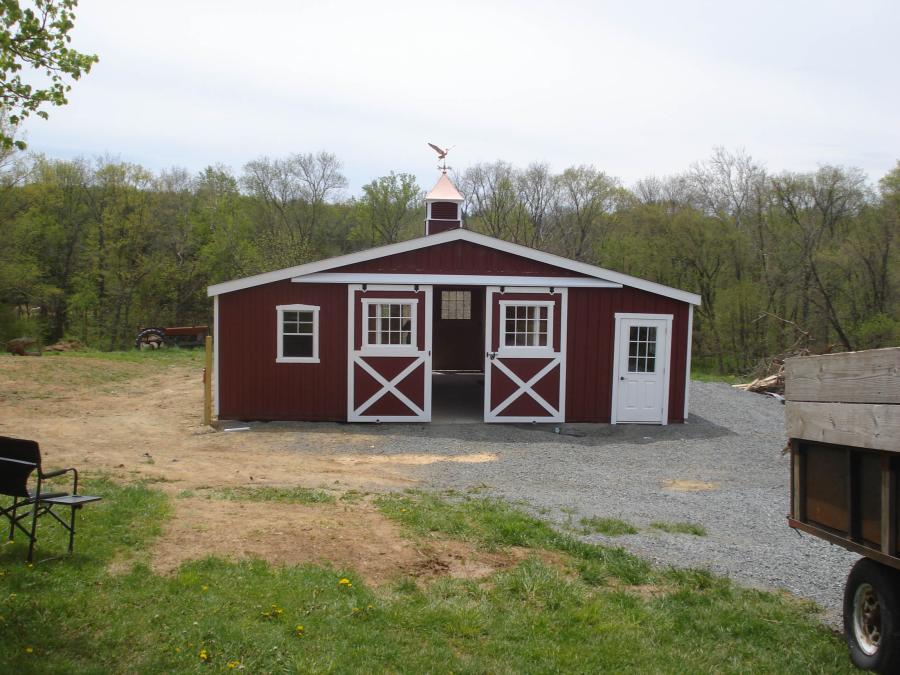
At Lancaster Barns, we're happy to brainstorm, problem solve, and customize your dream horse barn. Ready to get started? Contact us online or call at (717) 553-0300
